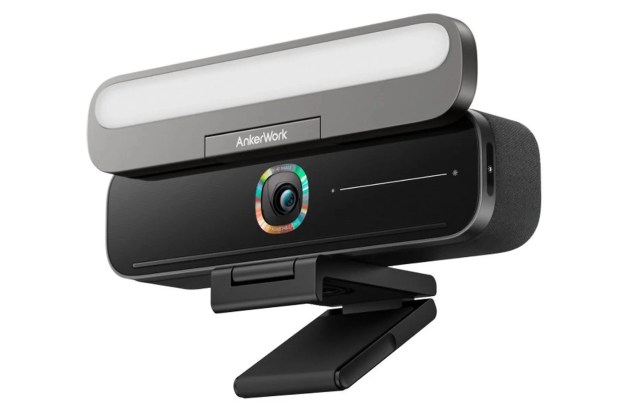
For years, Sony’s Trinitron CRT-based displays dominated professional publishing and content creation. Sony backed out of the professional display market once the flat-screen writing was apparent on the wall, but now Sony is looking to re-enter that arena with a new series of Luma high-quality LCD displays aimed at professionals and content creators.
“High-quality video monitors are just as important in the field as in a high-end studio or post house, whether users are reviewing footage on-the-fly, previewing content for clients or editing video,” said John Kaloukian, director of Sony Electronics’ professional display group, in a statment. “These new models build on Sony’s experience in developing LCD technology and they represent our ongoing efforts to develop technologies that meet professionals’ needs.”
The new Luma series comprises two 20-inch and one 24-inch offering. The 20-inch LMD-2030W display offers HDMI connectivity, along with composite, Y/C, RGB, and component inputs (DI-SDI is available as an option). The LMD-2030W is designed for compatibility with HD camcorders and decks in portable video production facilities, such as those used in on-location or live-event video shoots.
The new 24-inch MD-2450W and 20-inch LMD-2050W displays, conversely, or designed for most for post and broadcast facilities, and offer 10-bit processing along with the capability to handle 1080p/60p signals via a standard DVI input. (Need to plug in something else? composite, Y/C, RGB, and component are also on board, with SDI (D1/HD) as an option.) Both models offer wave-form monitoring and an audio level meter display; both also offer EIA608 close-captioning capabilities.
Each of the Luma 20-inch models offer 1,680 by 1050 resolution; the 24-inch LCD-2450W supports resolutions up to 1,920 by 1,200 pixels. Sony says the displays will be available in May 2007, but hasn’t released any pricing information…just don’t expect them to come cheap.
Editors' Recommendations
- The most common Google Meet problems and how to fix them
- This gorgeous triple-monitor stand can hold three 22-pound displays
- Looks like Apple invented a dual Pro Display XDR stand
- Samsung Display’s QD-OLED TV first look: Best. Picture. Ever.
- CES 2022: The biggest news and announcements so far


